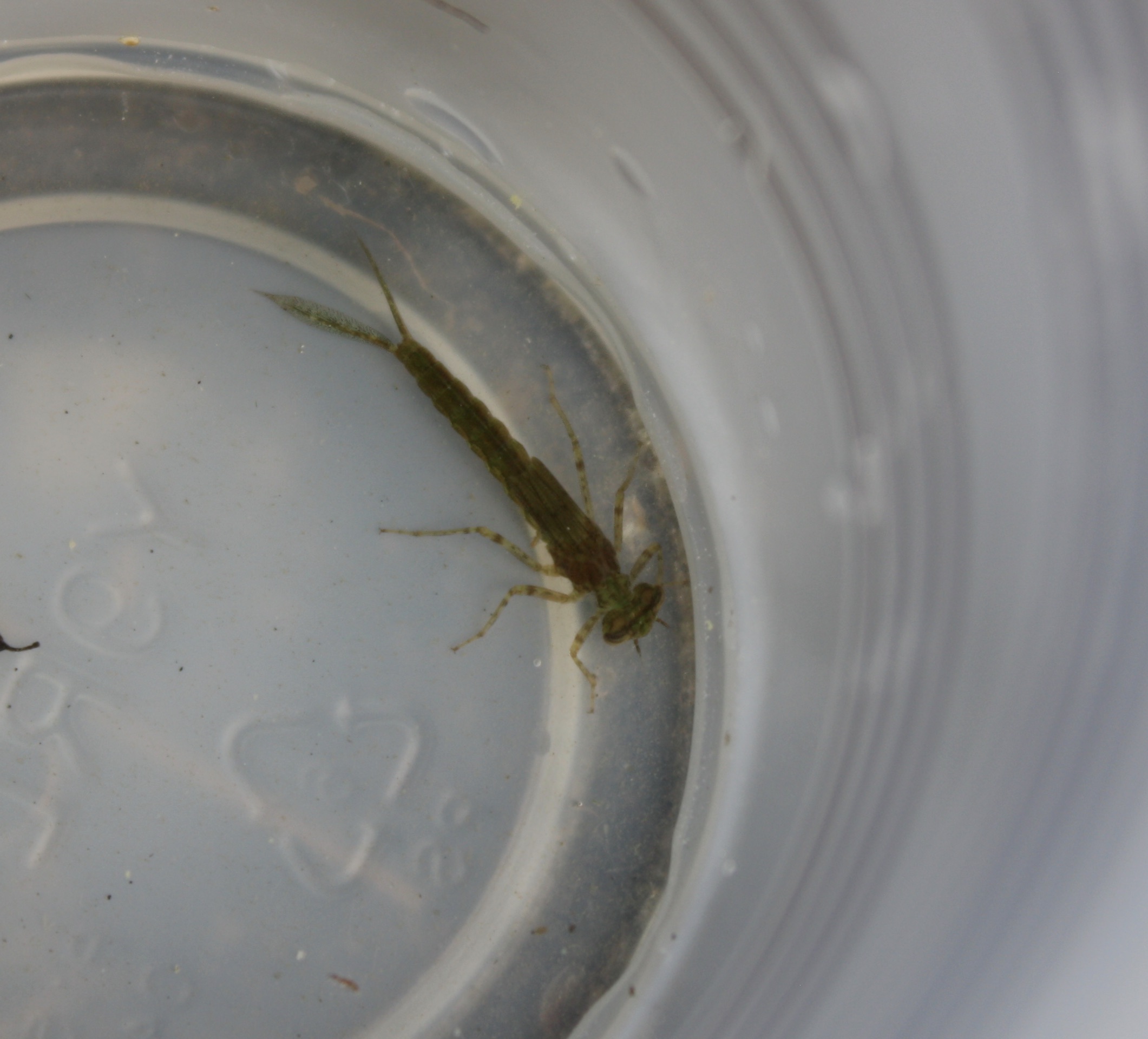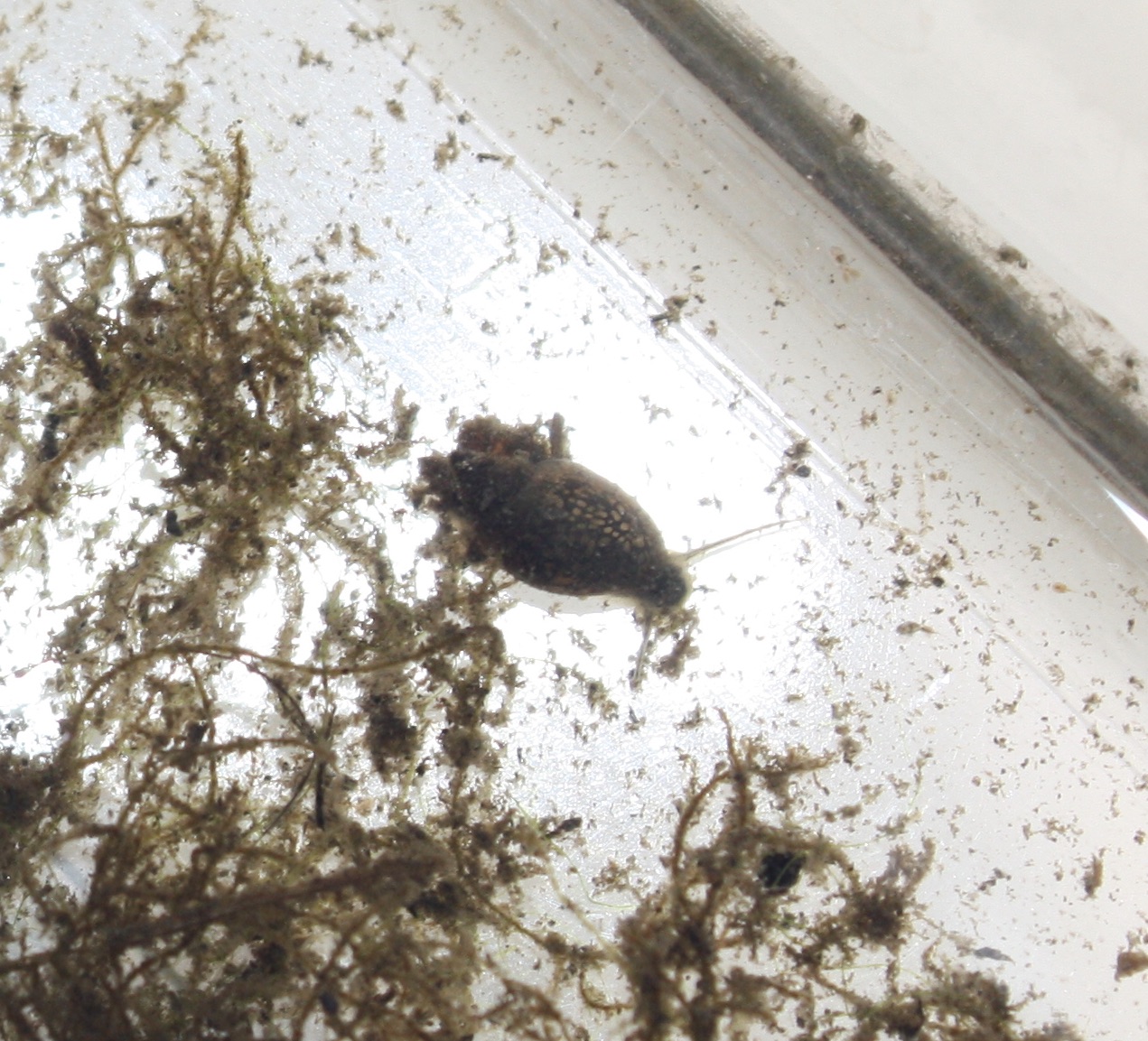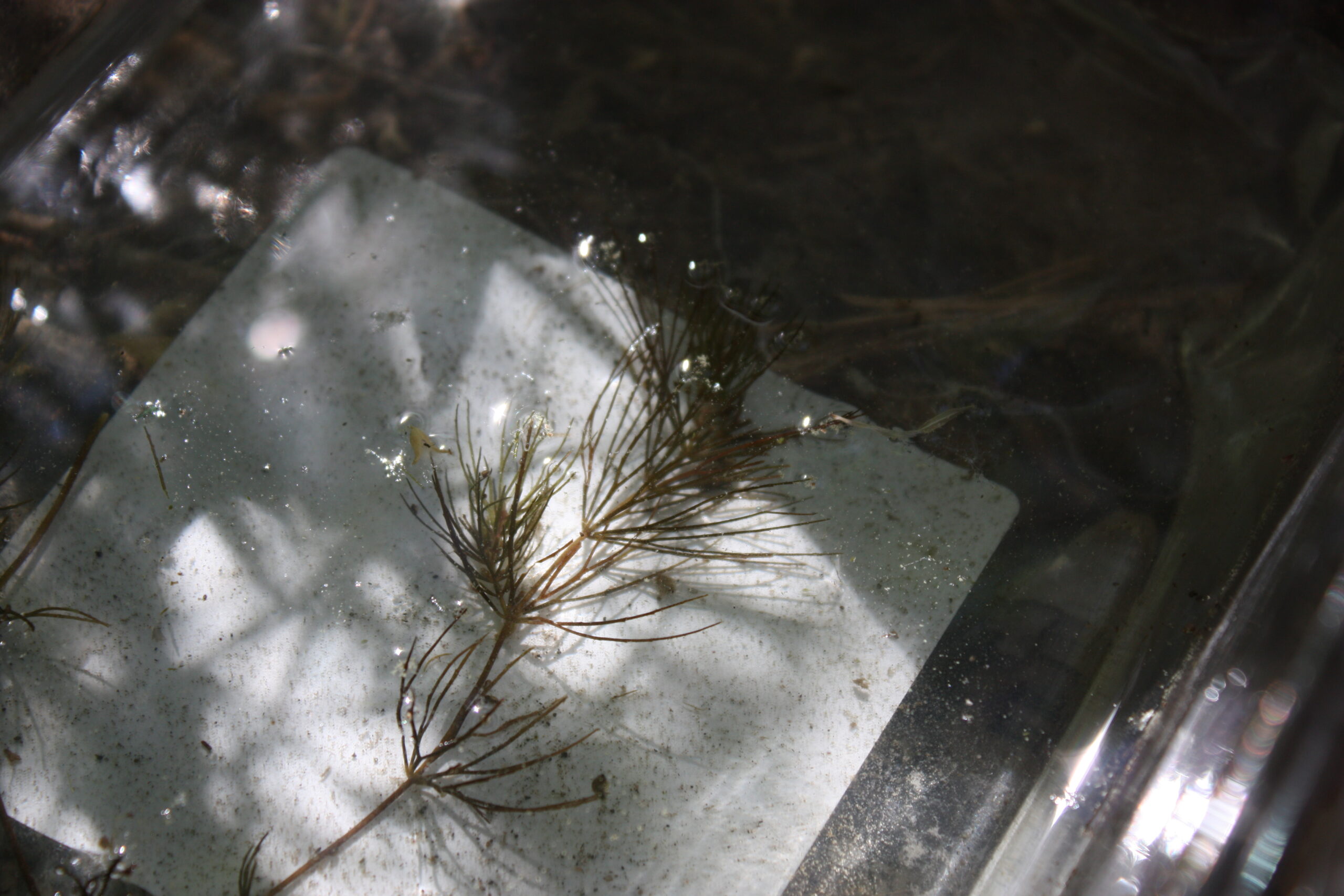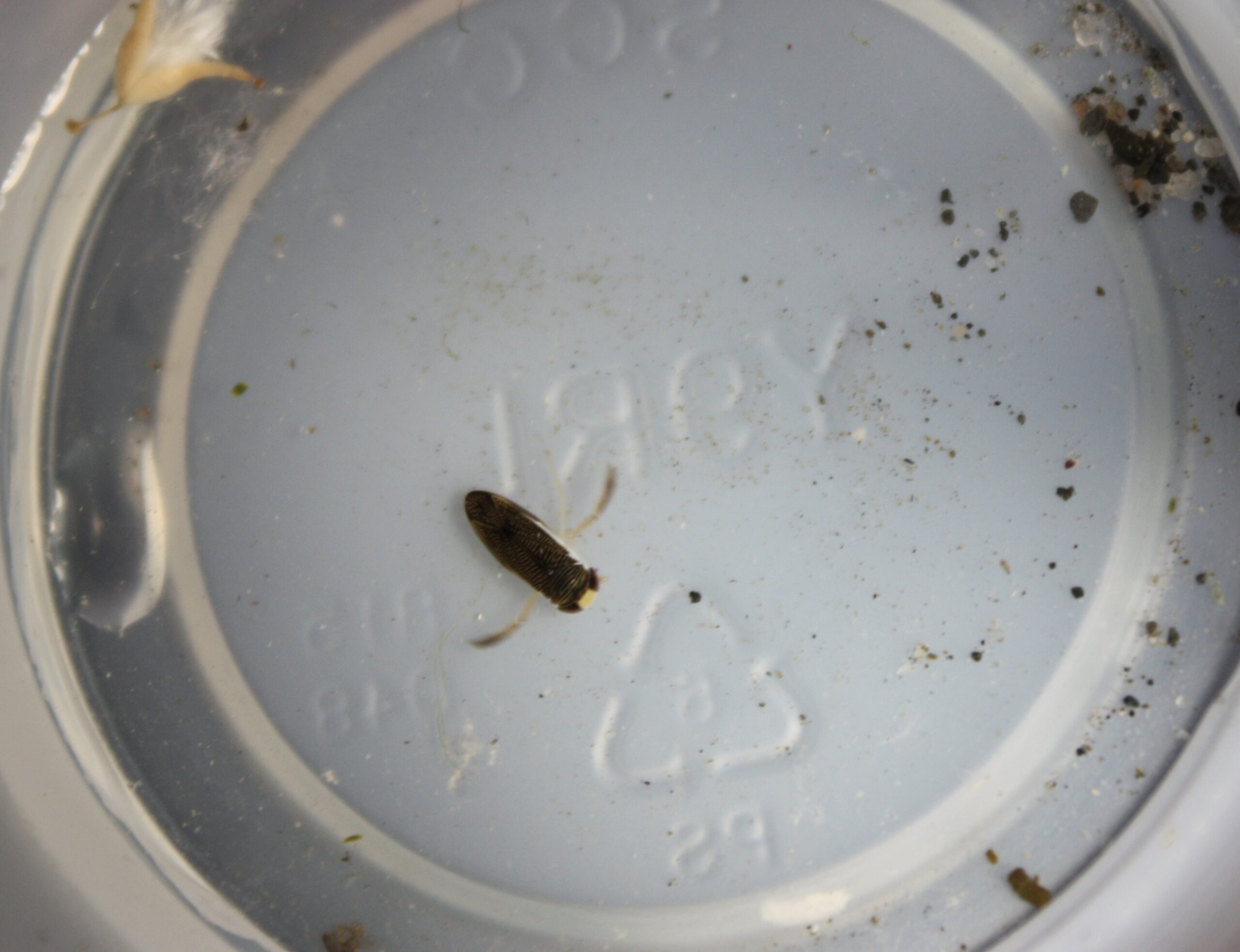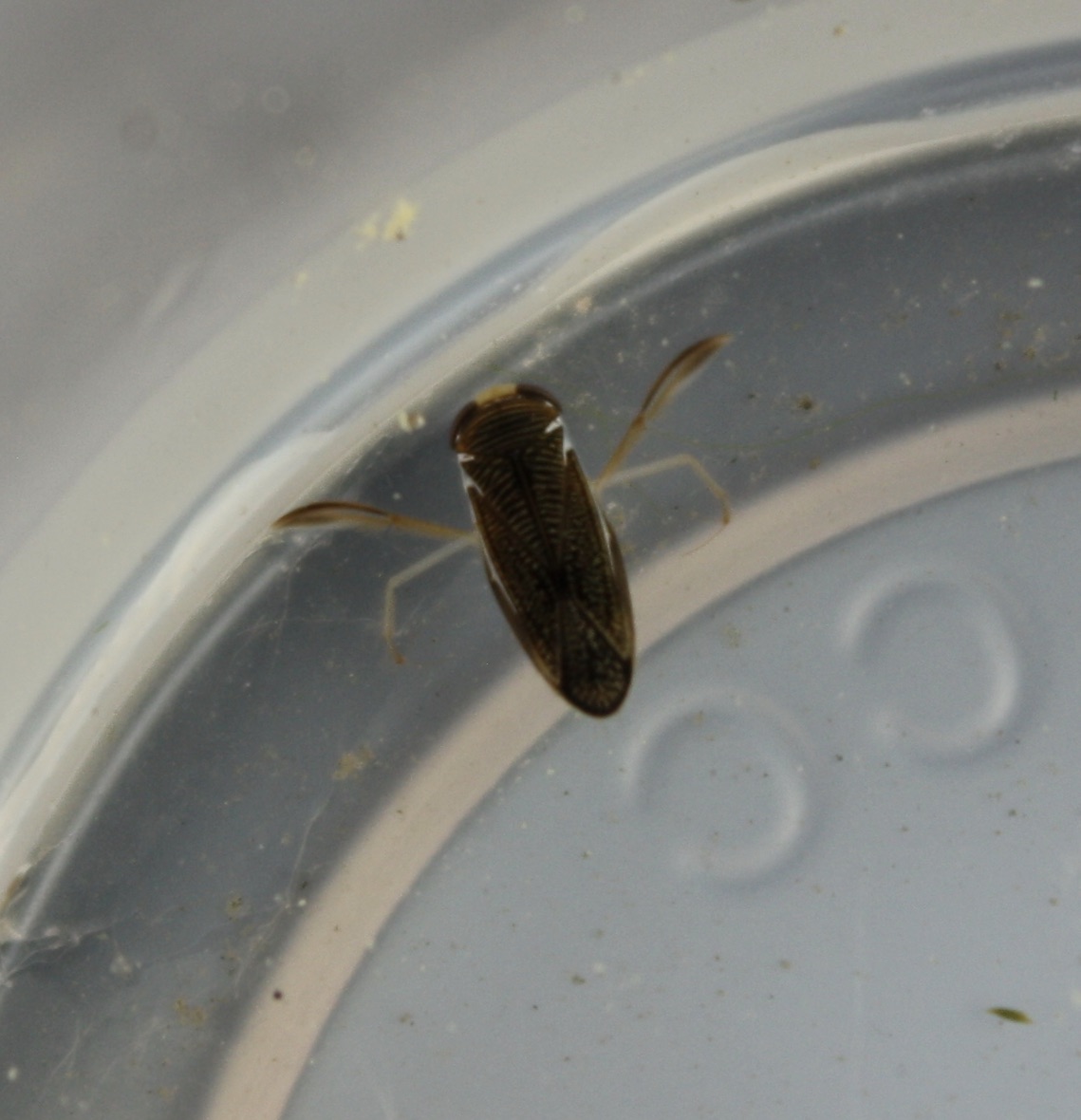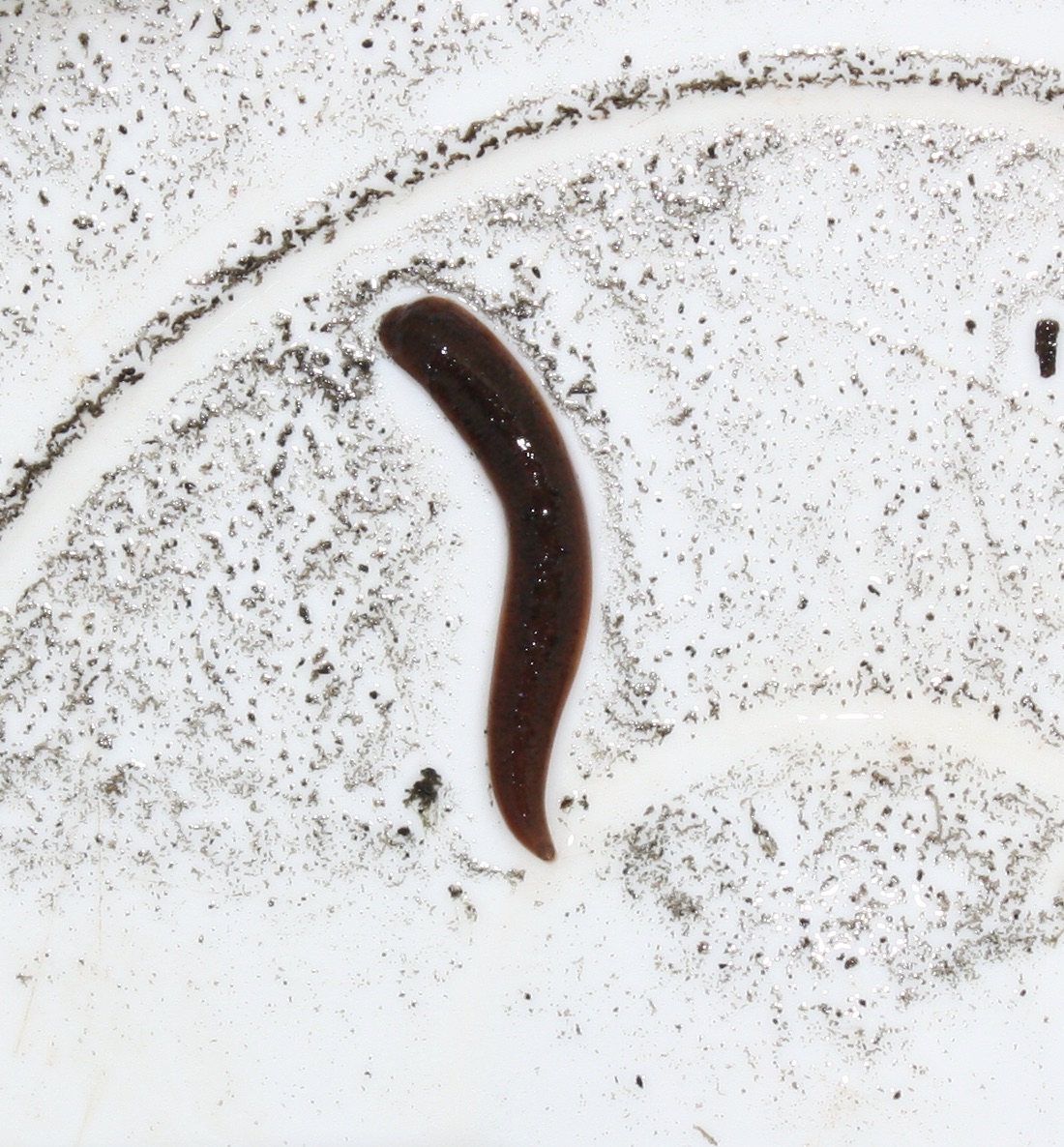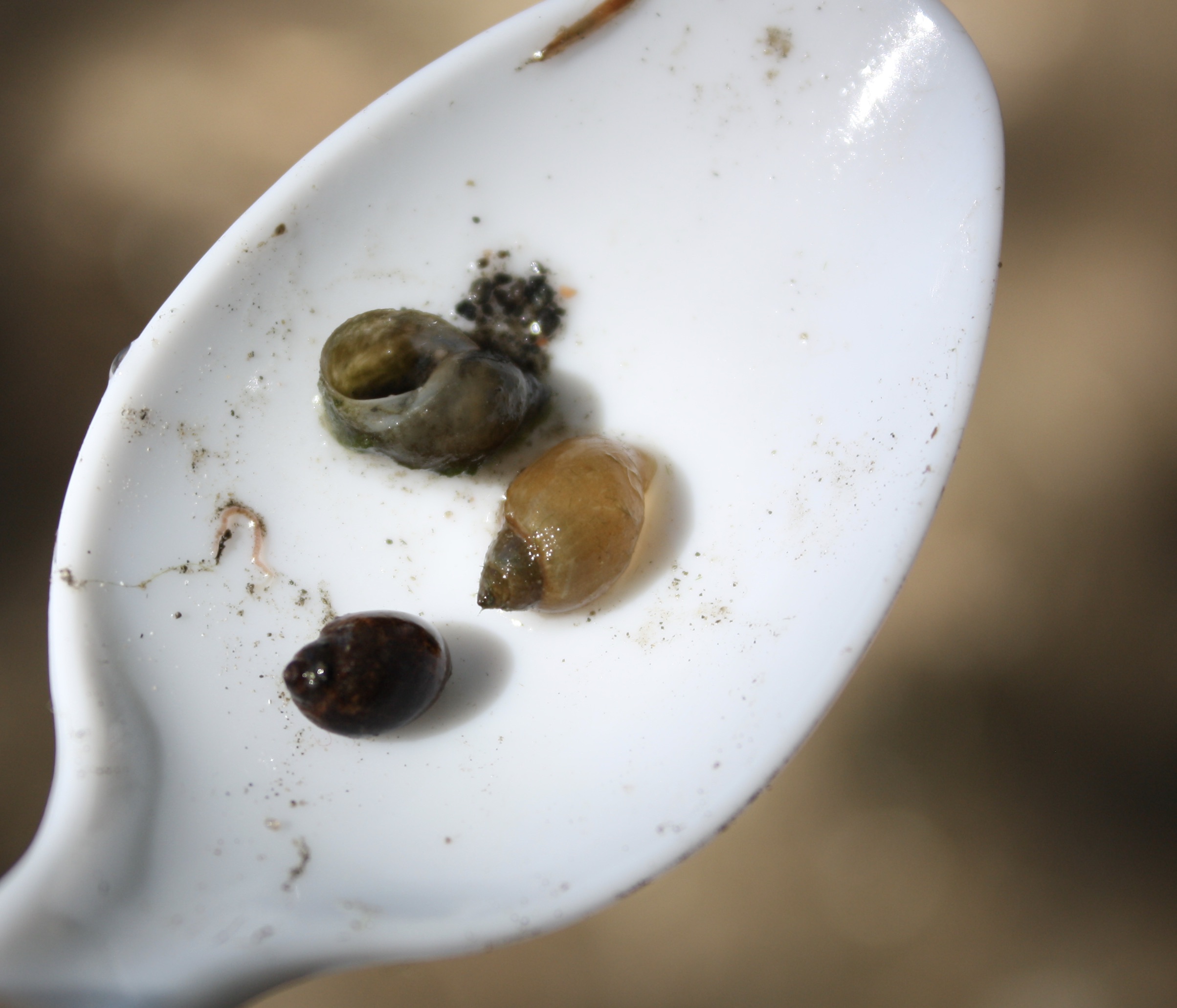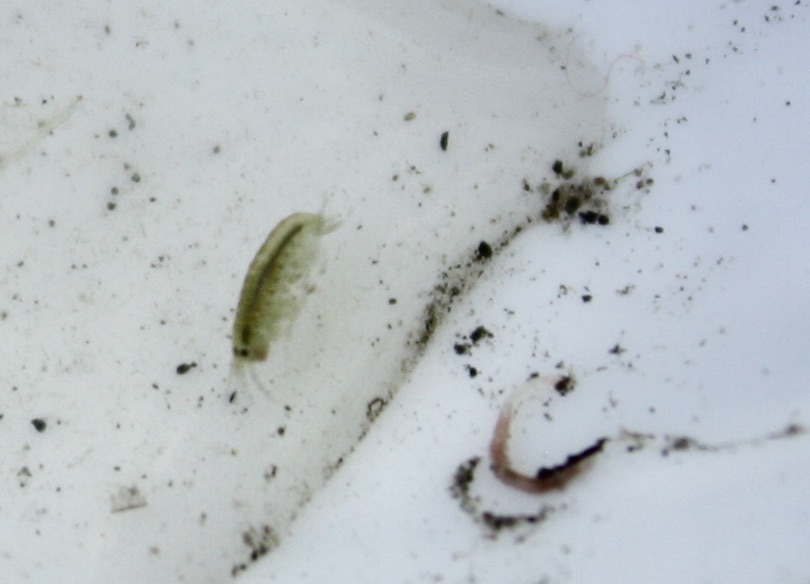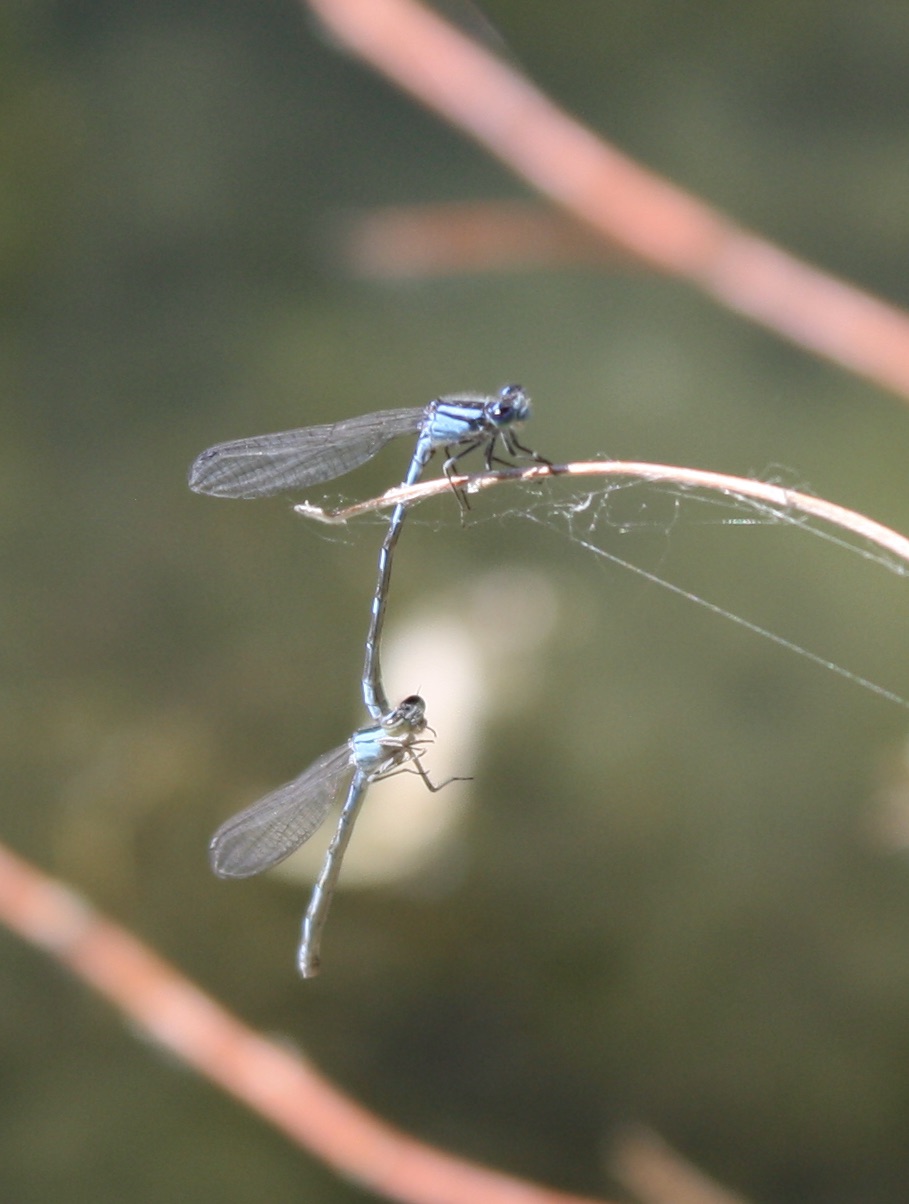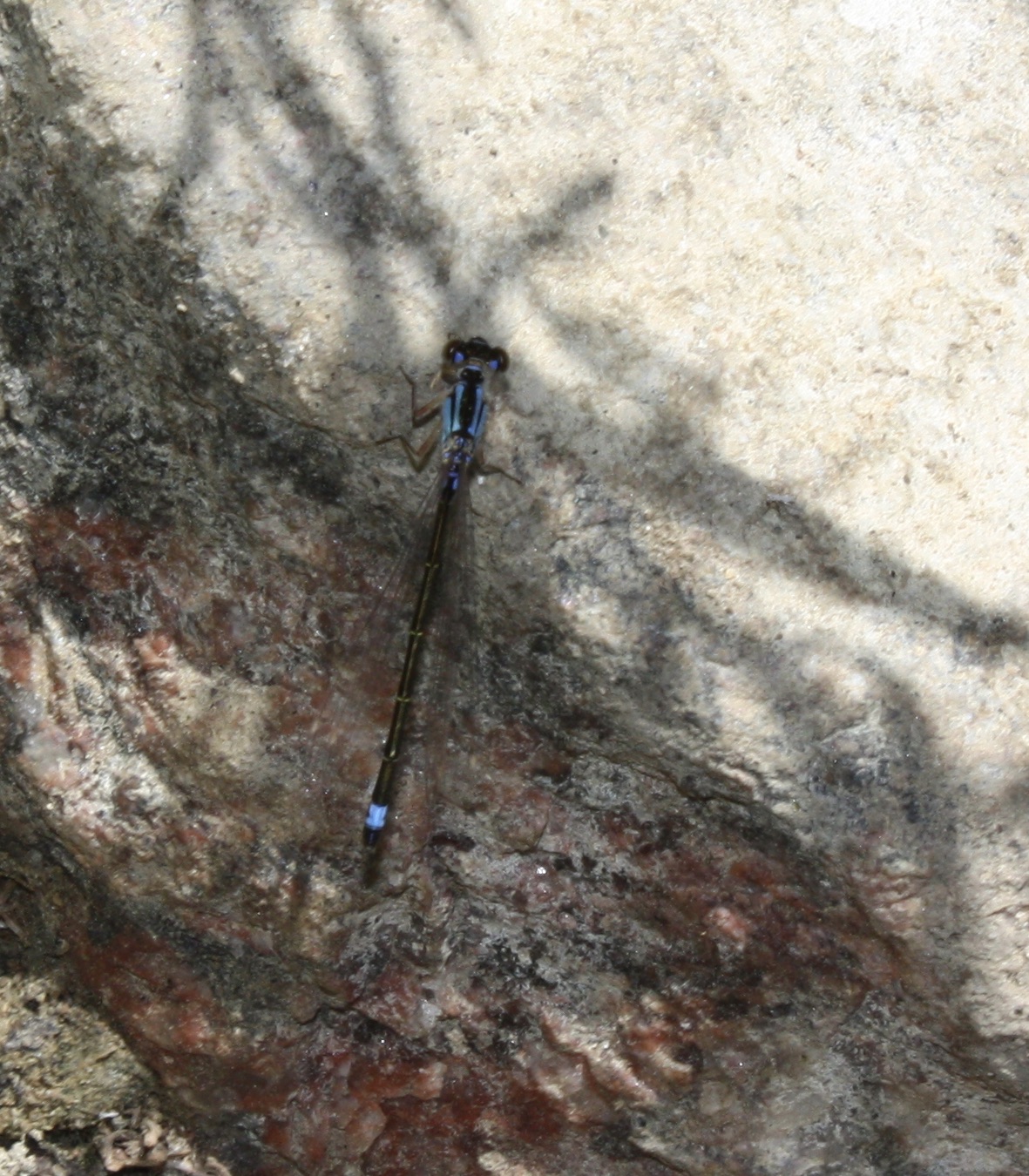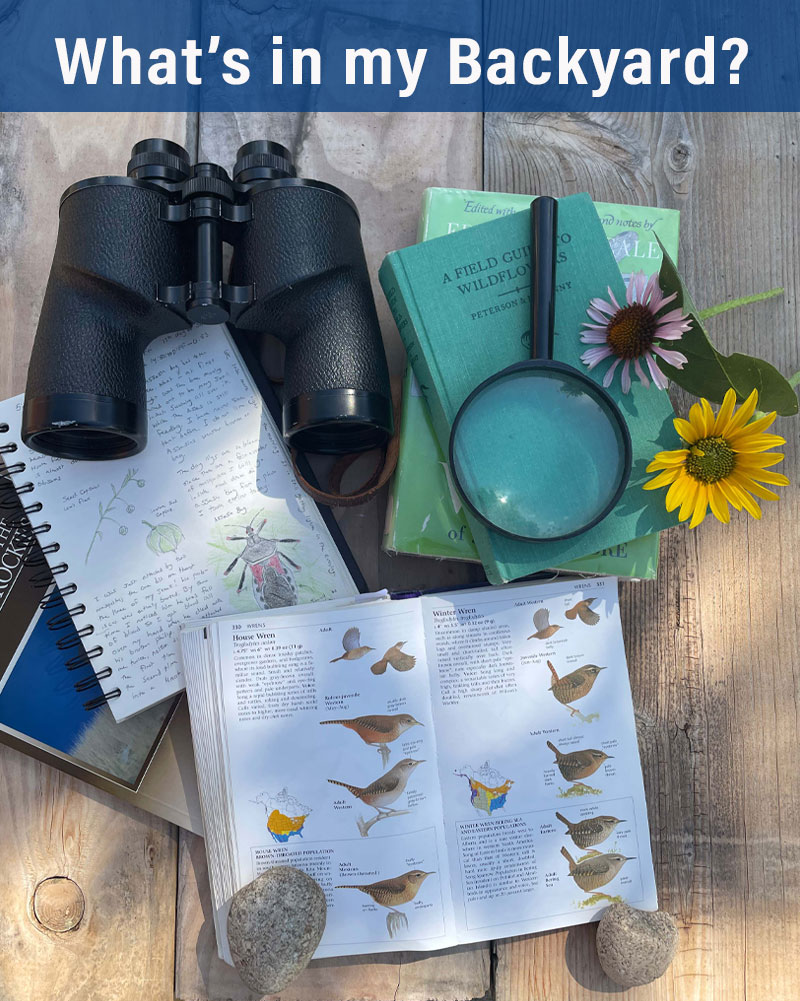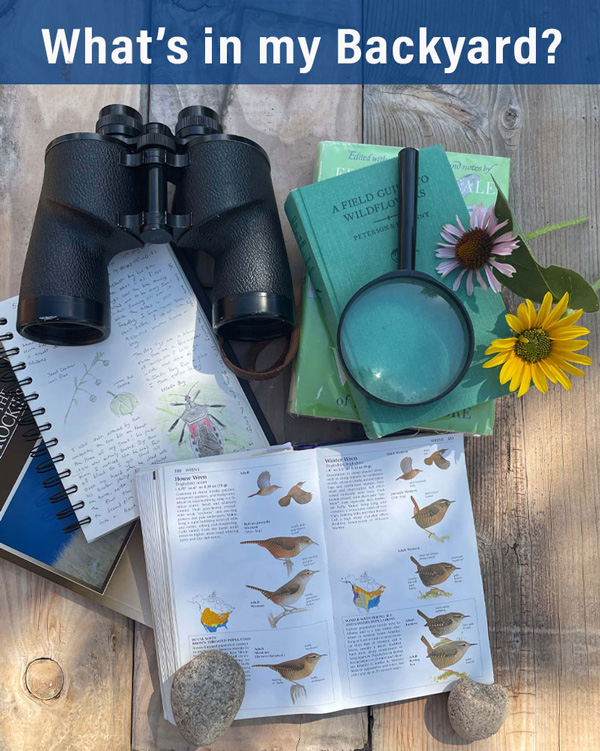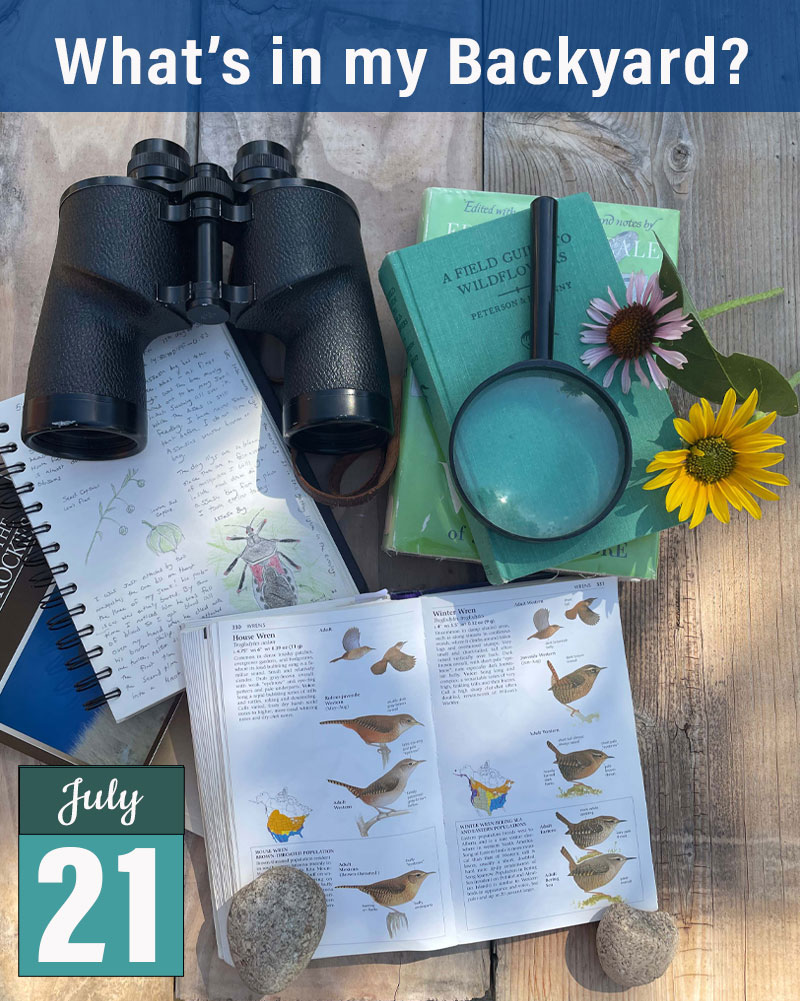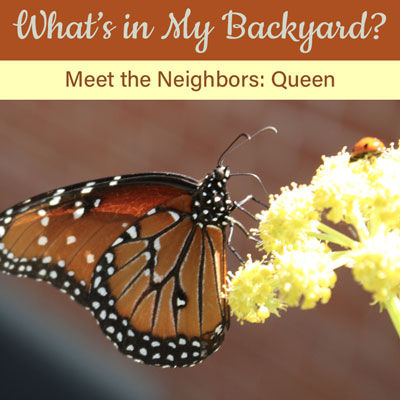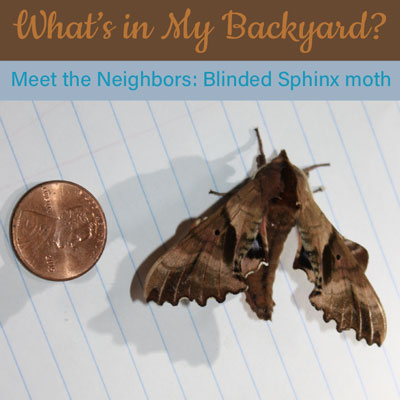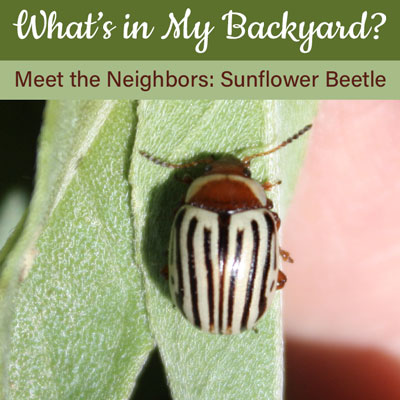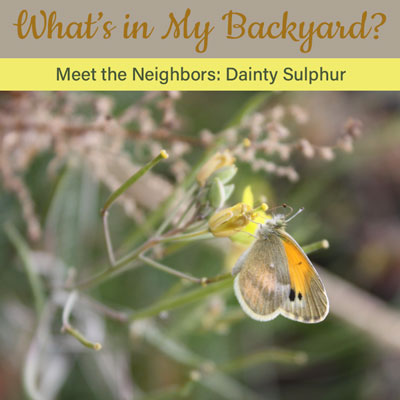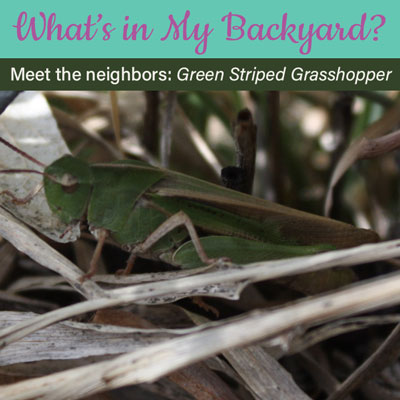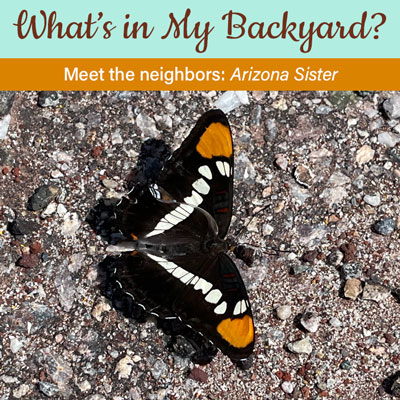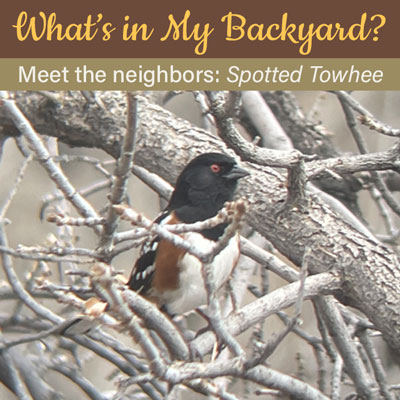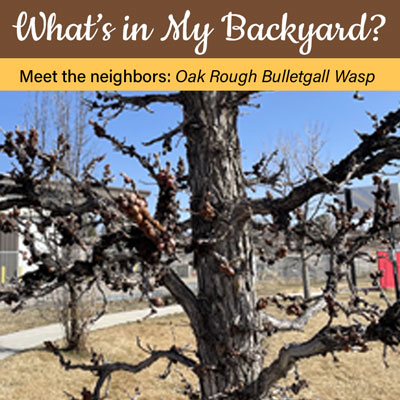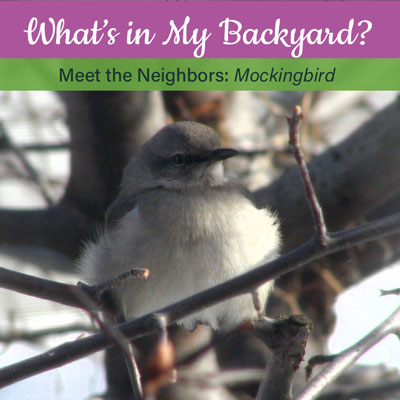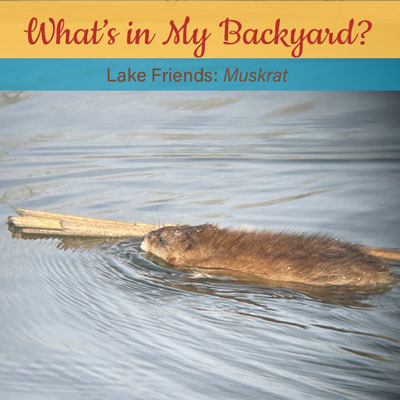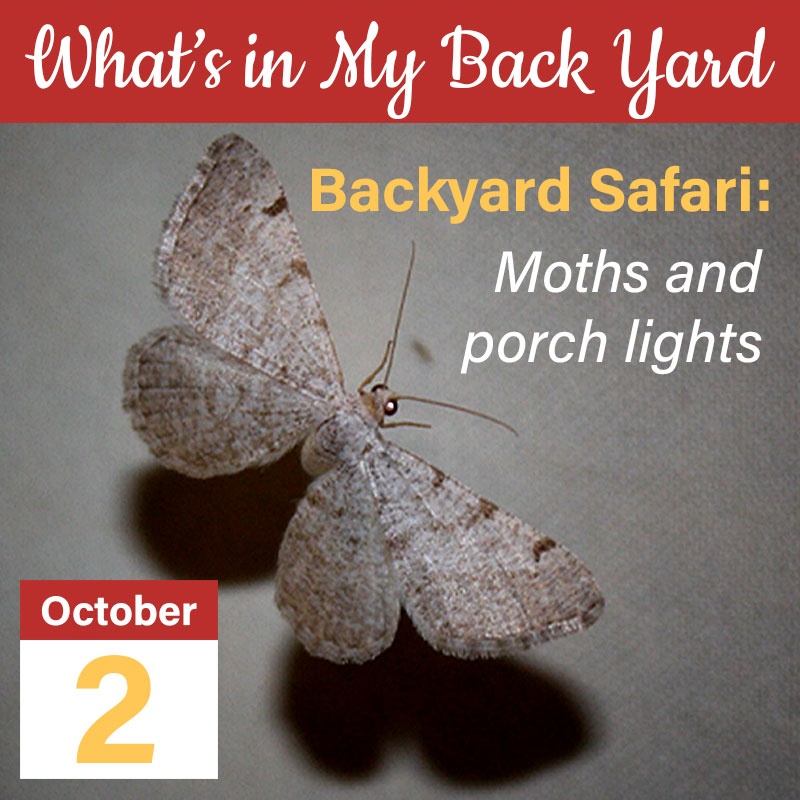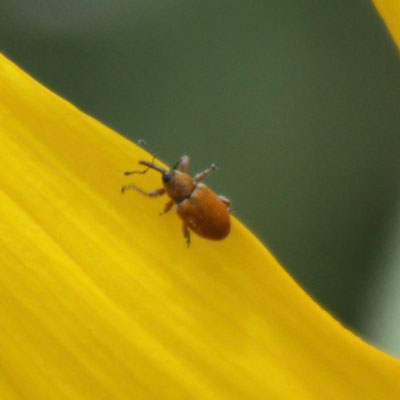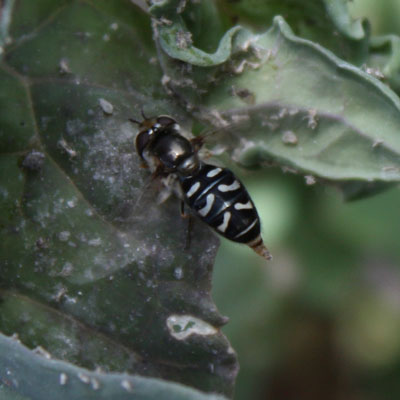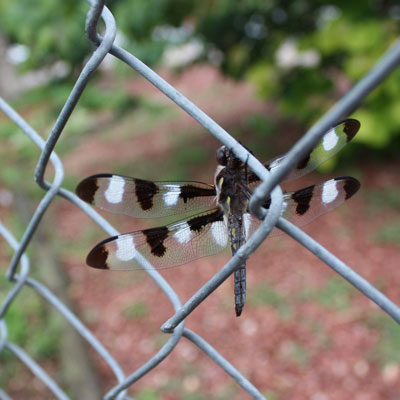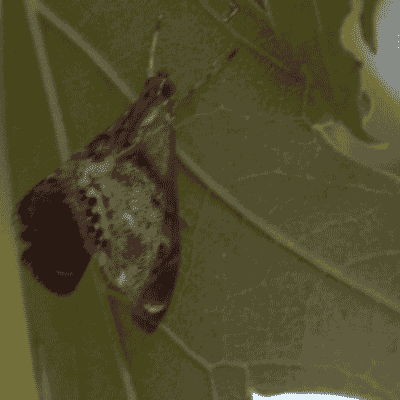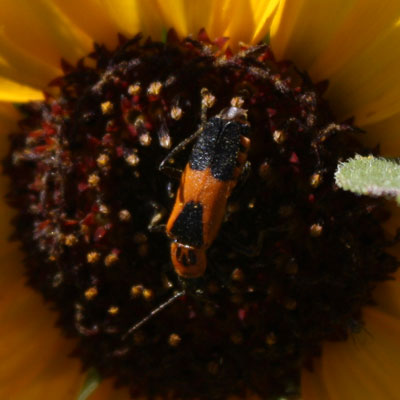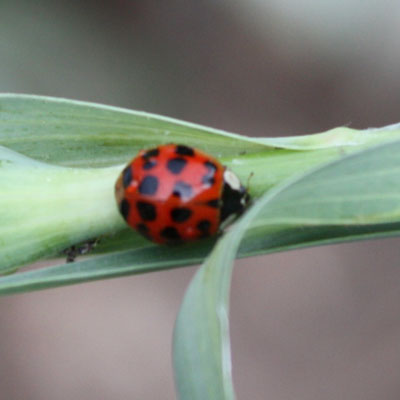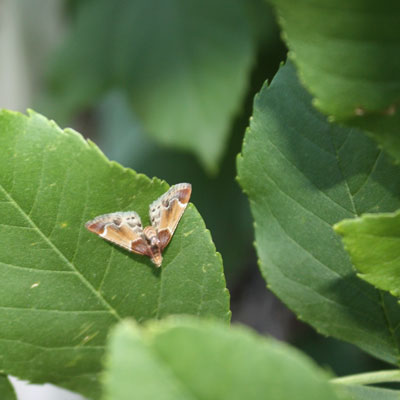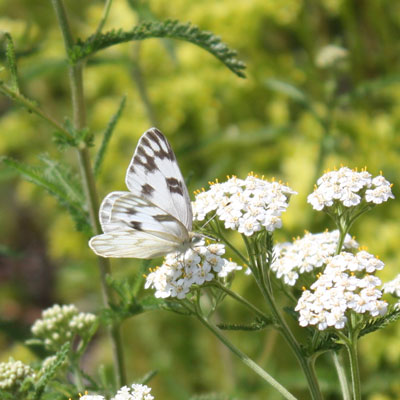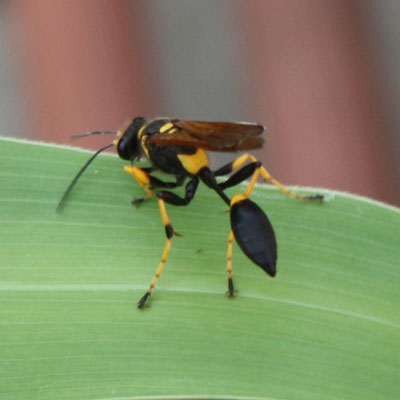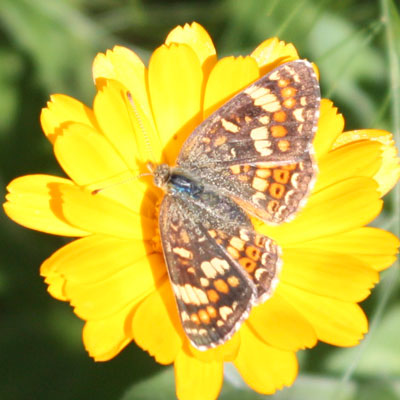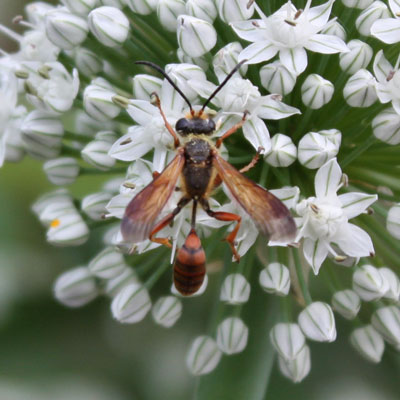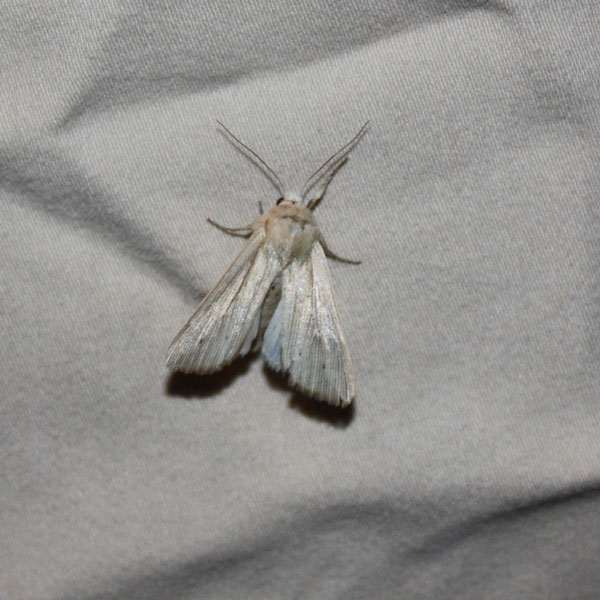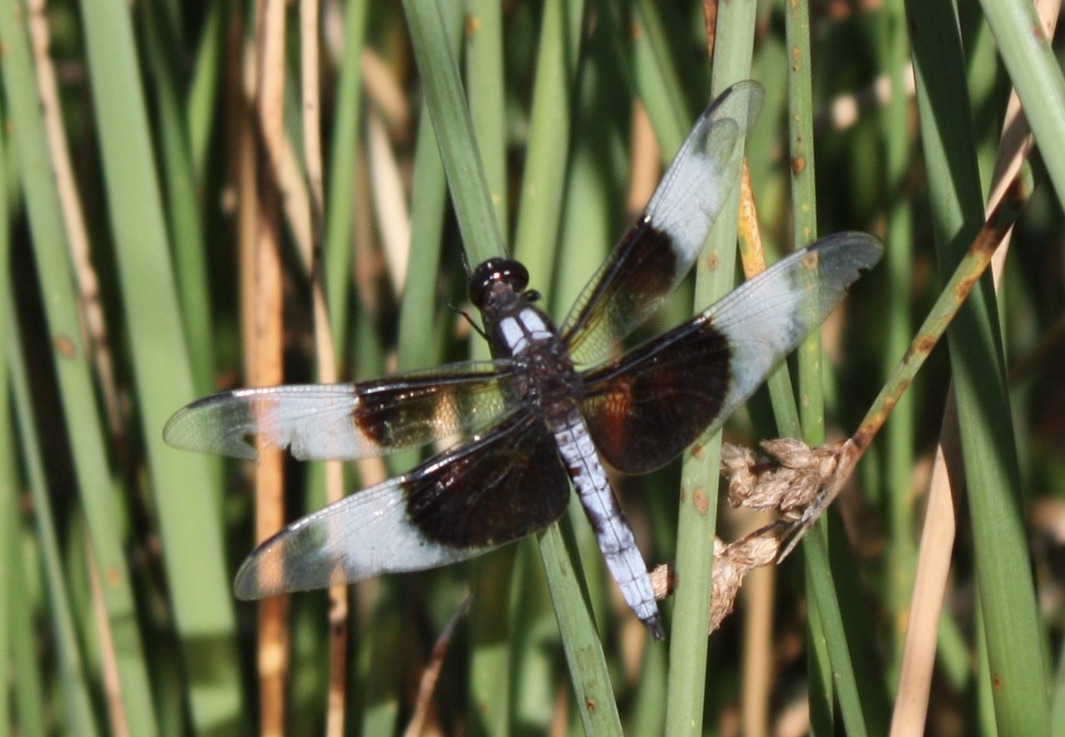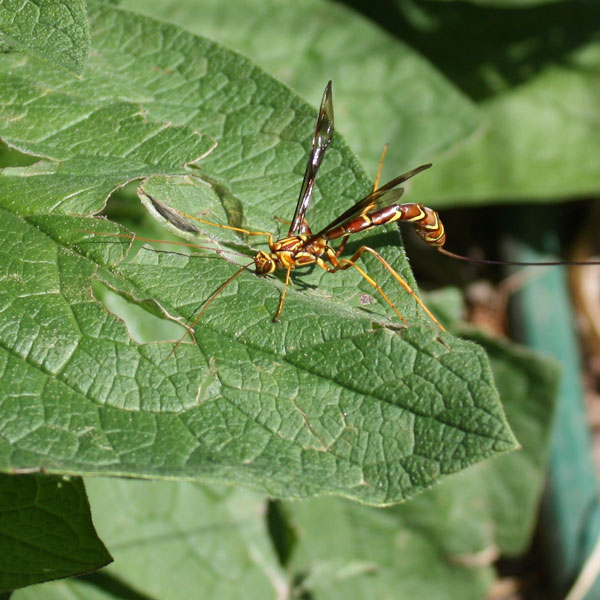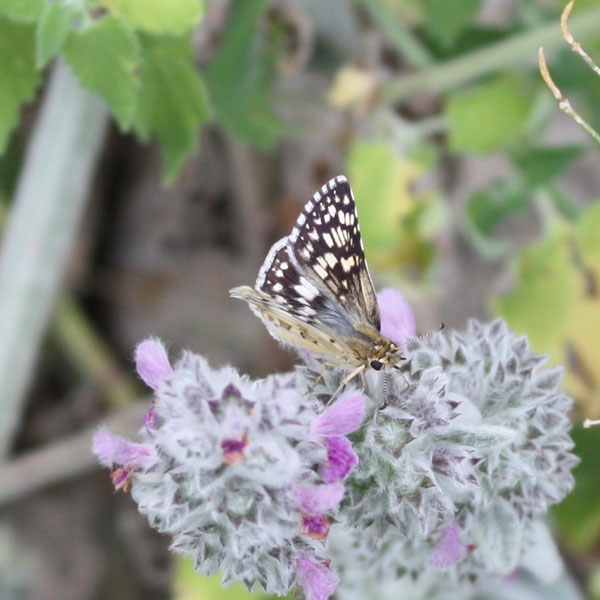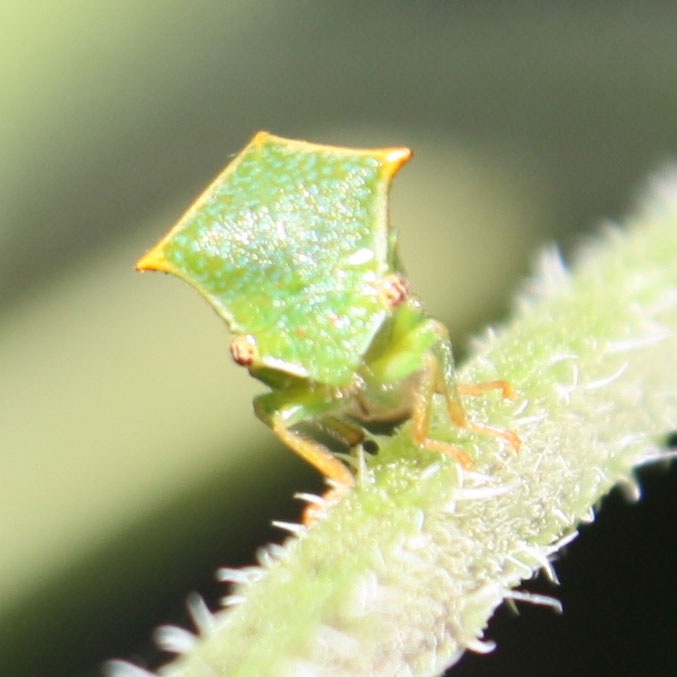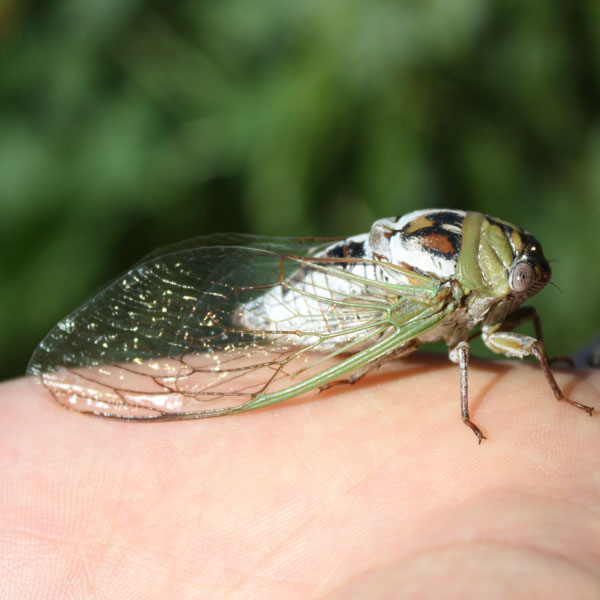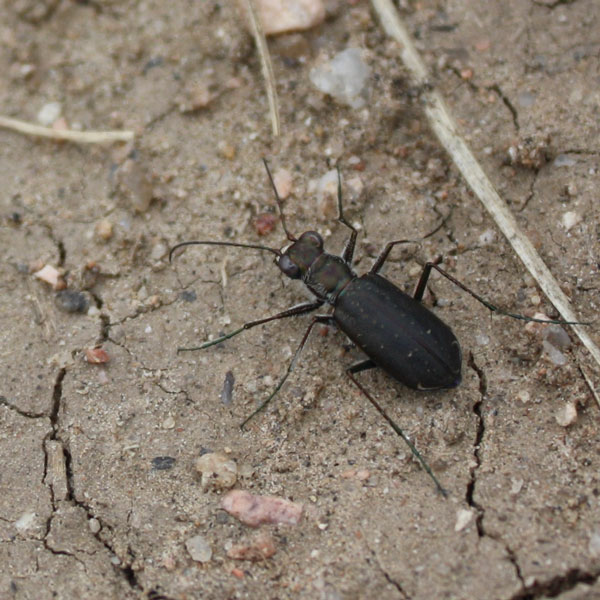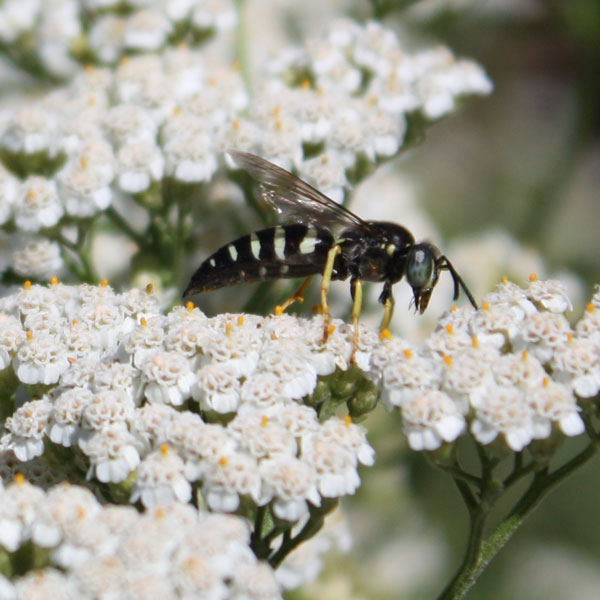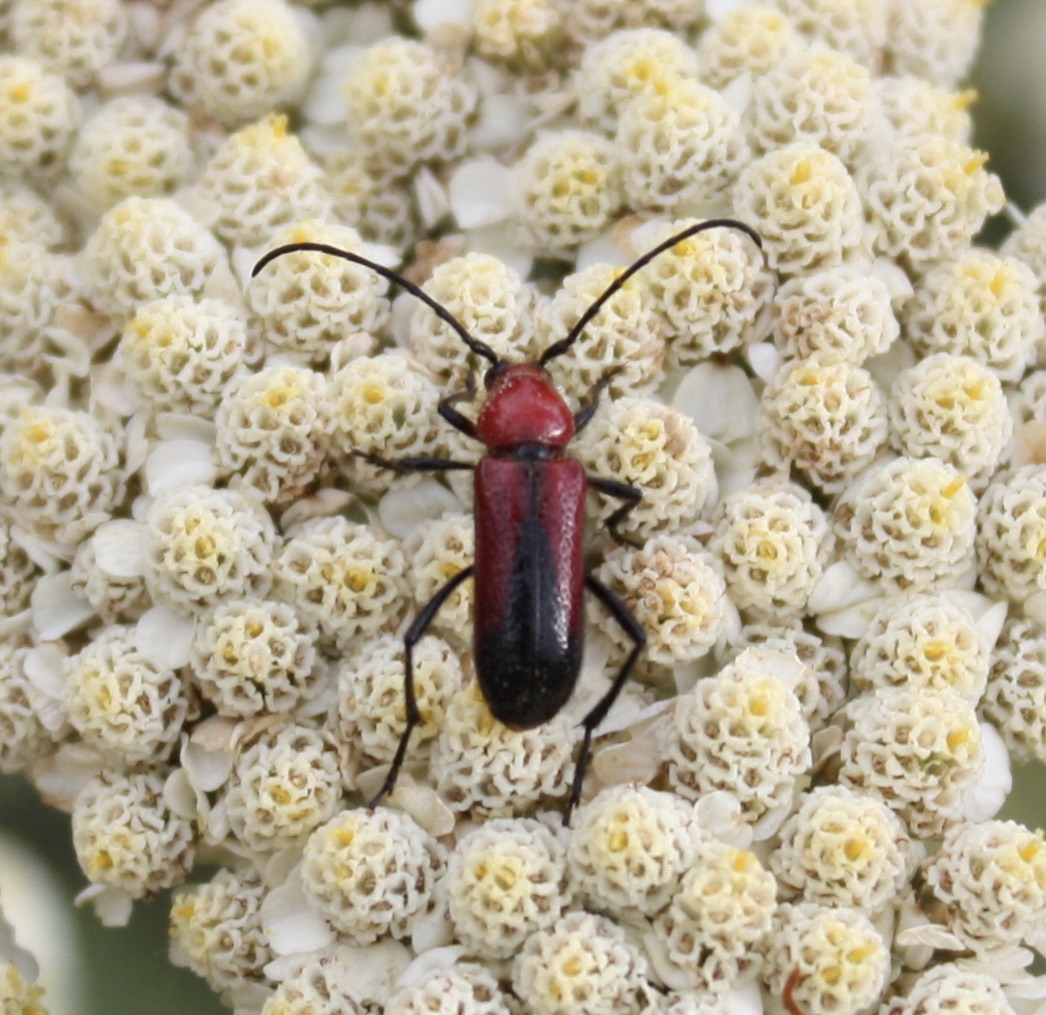What’s in my Backyard?
Project: Pond Dipping
For the introduction to this series, see here.
Warm weather is here now and it is a great time to be a naturalist. There are so many plants and insects to study and the birds and mammals are all raising young. The world is full of life and ponds and lakes are no exception. You can find some of the fascinating creatures that live in your local pond or lake by going “pond dipping.”
You will need a plastic bucket, a shallow tray preferably white, a plastic spoon, several plastic cups or other small containers, and a magnifying glass. Some other things that might be handy are a camera, an eye dropper, and a dip net.
Find a site along the shore of a lake or pond that is low enough to easily reach the water and level enough that your buckets are not in danger of falling over. Scoop up some water, algae, and mud in your bucket. You are likely to catch more creatures if you scoop up some floating vegetation or let your bucket scrape along the bottom. (Don’t overdo the mud scraping though or the water in your bucket will be too dirty to see anything.) Put a little water in the bottom of each of your plastic cups. These will hold your finds safely so they will not dry out. Pour a little water at a time into your tray. Creatures will show up well against the white tray. Scoop out interesting creatures with your plastic spoon and put them in your cups for study. Do not handle any creature that you capture! Some aquatic insects can bite! You can photograph or draw your finds or just watch them swim around in the cup. It is helpful to have a magnifying glass to study small creatures. Once you are done watching the creatures, carefully return them to the lake.
Below you can see some creatures we found in our local pond while pond dipping. We found several damselfly and dragonfly nymphs. These strange-looking creatures are young dragonflies and damselflies. Unlike their parents, they cannot fly and they live in water. Some other finds included water boatmen (aquatic beetles that swim with two long feathery oars) snails, leeches, coon tails (a common water plant), and amphipods (small shrimp-like crustaceans). I also saw many copopods but they are too small to photograph. These little crustaceans look like small wiggling dots.
While you are at the pond, watch for larger life as well. We especially noticed the sunfish and numerous damselflies.
Have fun at the pond!
